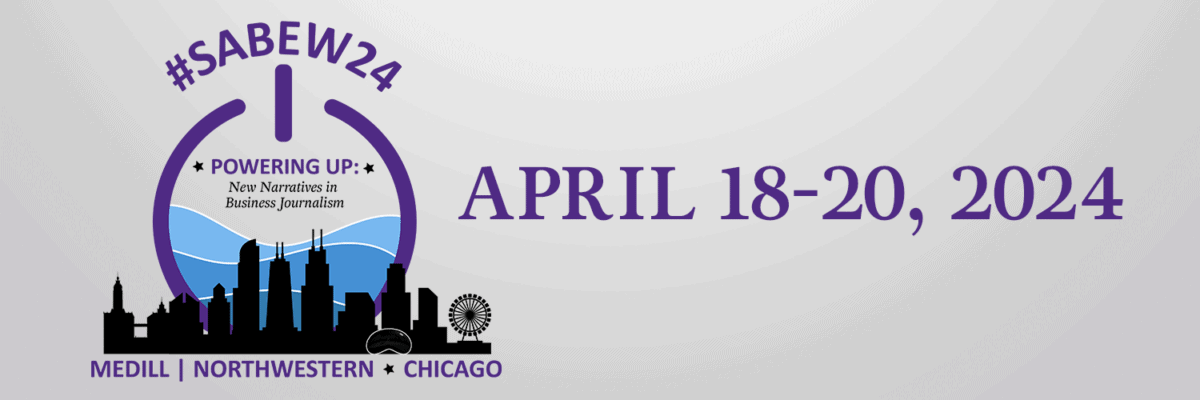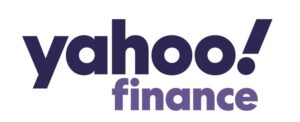By Jeanne Davis
Emma noticed a swollen lymph node on the left side of her neck in the fall of last year. The public health student at a major southern university knew that a swollen lymph node usually appeared when a person had a sore throat or a cold so she thought that she could wait it out.
When it hadn’t gone away by January, she visited a nurse practitioner at her school’s health clinic who referred her to an ear, nose and throat doctor.
“They thought that it was mono,” said Emma, whose last name was withheld for privacy reasons. “I did a bunch of tests for mono… but I knew that I didn’t have mono.”
She didn’t have mono. The ENT eventually referred her to a lymphoma specialist. By August, she and her family had spent over $9,000 treating her stage two lymphoma.
Emma has health insurance through her mother’s work, which is a point-of-service plan where the family must be treated by a primary physician that’s in network — in this case, Blue Cross Blue Shield. When seeking care outside of the network, the family must pay the bulk of the cost. The family had to meet a relatively low threshold of $2,000 before coinsurance kicked in and the plan also offered a health savings account, where pre-taxed dollars could be saved for medical emergencies.
Emma quickly emptied the health saving account when she underwent a CT scan while still pursuing a diagnosis. After meeting the $2,000 deductible, her insurance paid for 80 percent of her healthcare costs until Emma and her family had paid $7,000 out of pocket. After that, health insurance paid for all of her healthcare expenses, which Emma said felt like “a blank check for anything medical.”
Phaedra Corso, a professor of health policy and management at the University of Georgia, says that navigating health insurance and being cost effective in your spending can be tricky.
“When you go to the grocery store, you know how much bread costs and you know this bread versus this bread in terms of quality,” she said. “But when you go to your doctor, he’s just telling you what to buy, you don’t typically know the price and you don’t shop around. It causes us to over consume resources.”
This phenomenon has a name in her field of study: moral hazard and it results in the overutilization of healthcare, sometimes at the expense of the consumer.
Emma bought a wig costing $4,378 that insurance covered completely. She never wore the wig and she found herself buying a lot of other things she didn’t need, some of which were paid for out of pocket. Doctors prescribed anxiety medication even though she said she wasn’t experiencing any anxiety. They gave her more than enough painkillers, she said, along with three different nausea medications, but she said she never finished any of them.
From the doctor’s perspective, over-providing care protects them from a malpractice suit, but it has the potential to leave a patient medically bankrupt, Corso said. Her advice is to push back in the doctor’s office, even when it’s uncomfortable.
She said the tides are shifting and that healthcare is becoming more consumer focused. She noted that television ads for medications, while annoying, allow a patient to actually ask for a medication, rather than being told what to take.
“Do all the online research you can about what procedures and medications are available to you for your diagnosis,” she said. “Actually, ask the price for procedures. And get a second opinion.”
Jeanne Davis is a journalism student at the University of Georgia’s Grady College of Journalism and Mass Communication.






